We always say this when we talk about electric cars or news regarding the new battery-powered models: soon, buying thermal cars will no longer be possible. And we do not say it, but theEuropean Union, who decided how by 2035, the sale of thermal cars must be stopped. Between the European rule and its implementation, however, there are still about 15 years and many scenarios: therefore when will you no longer be able to drive a car with a combustion engine? Today we will understand what are the directives that come directly from the Union, the various strategies of the manufacturers and also what this stop to the sale of thermal cars means in practice. Ready to understand much more?
The decision of Brussels: from 2035 to stop the sale of thermal cars, even gas or… hybrid!
Let’s start immediately with the triggering news, that is the decision of the European Union to put a date, an impassable post for the stop of the sale of thermal cars. The news is not brand new, but already known: in mid-July this year, in fact, the European Commission of Brussels, chaired by President of the Commission, the German Ursula Von der Leyen, presented the piano Fit for 55. This package includes several plans on many aeges, from air transport to energy production to, of course, private transport. The goal of this package is reduce the greenhouse gas emissions of the entire European Union by 55% by 2035.
One of the solutions conceived by the Commission, as you may have guessed by now, was that of set an “expiration date”, a forced stop on the sale of thermal cars. This stop is fixed at 2035, that is about 15 years from now. From that year on, the only cars on sale to the public will be either electric or hydrogen. No petrol or diesel, no natural gas, but there is no room for synthetic fuels or hybrids either, totally canceled and equated to the classic thermal cars with this provision. An epochal change, obviously destined to cause discussion and divide the population between those who are happy with this solution and those who just do not understand it. The Commission itself knows very well that it is one unpopular and very sudden solution.
“Today we present a strategy with which to achieve our climate goals, which are not just a political commitment, they are now a legal obligation”, he declared in those days. Von der Leyen. “Changes of this kind are never easy. Many will say that we need to do less and slower. But in the situation our planet is in, doing less means doing nothing, and we can’t afford it“. The major criticism leveled at this provision is that, at the moment sacrosanct, according to which at the moment the infrastructures of all areas of Europe, from the greenest to the least open to electric cars, are not ready. Few columns, very few hydrogen gas stations: at the moment, a complete transition seems like a utopia.
But the European Union knows this all too well, and in fact it is ready to agire. They will in fact be made available to the state governments of funds for the construction of new infrastructures for sustainable transport of people and goods by road, rail, sea or air. Staying in the field of cars, the Commission has established how each government must undertake to guarantee charging centers for electric cars at least every 60 km, and a hydrogen distributor at least every 150 km. Furthermore, before the definitive stop, the Commission is thinking of a gradual transition. Like? By identifying another important date for the block, that of 2030. Since that year, the aim is to impose one 60% reduction in emissions from new cars compared to today’s levels, focusing on electrification and cleaner fuels.
Stop the sale of thermal cars or stop the circulation? Let’s clarify what will happen after 2035
From 2035, therefore, we will all have to make the transition to electric or hydrogen cars. Quite right? Well, no: the provision in fact it does not completely ban cars equipped with an internal combustion engine from public circulation, pure or hybrid thermals. Such a solution would be stupid and anti-ecological: if in order to reduce emissions we decide to throw away all thermal cars by generating waste and emitting emissions for their recycling, the problem would not be solved, but would rather be amplified. In fact, the stop only concerns the sale of thermal cars, not their use.
This means that until 2035 it will be possible to buy new cars equipped with internal combustion engines, presumably hybrid. From the end of 2035, however, these cars will no longer be producible and salable by the manufacturers, at least on the European territory. Bad Thermal cars sold by that date will not be banned, but they may still be usable. How many? At the moment, there are no indications on this topic. In theory, therefore, cars with internal combustion engines will be able to circulate until the end of their useful life. Some analysts have speculated how 2050 deadline for thermal cars as a popular and mass means of transport. Most likely, however sports and vintage cars will remain usable beyond this date, provided that the costs allow it.
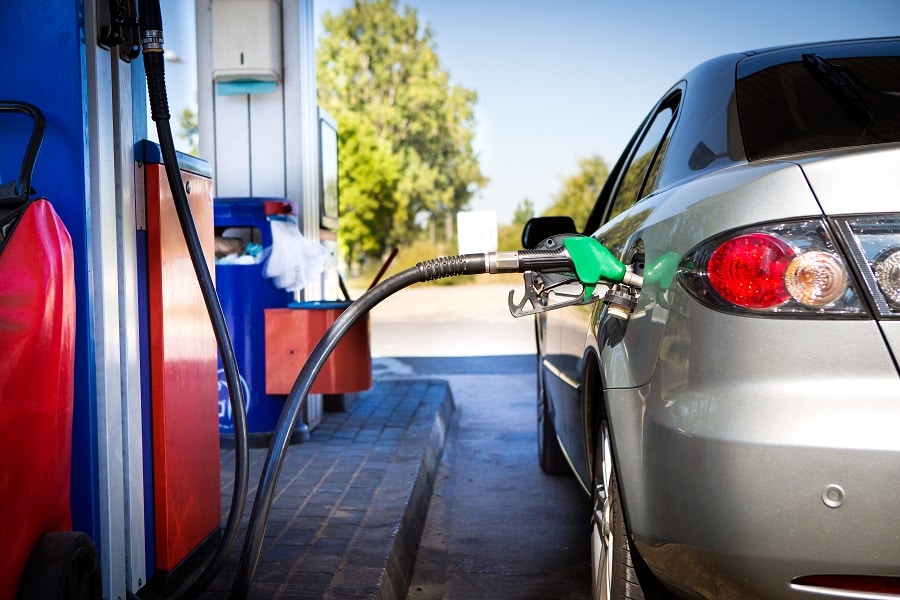
Although in fact there are no real circulation bans after 2035, it is to be seen how much it will cost after this circular date with a thermal car. Staying in Italy, eg, the tax should be significantly increased, and commensurate with the level of pollution, as well as the insurance. Who knows how much petrol or diesel will cost and how widespread it will be, and if there will be clean alternatives such as synthetic fuels. In any case, however, unless we see the price of gasoline soar to 100 euros per liter, thermal cars will be able to circulate even after 2035, but they will no longer be able to be produced and sold new. Another discourse deserves the market ofused: at the moment in fact there are no directives on the second-hand market. Who knows that from 2036 it will not be possible to buy thermal km0 cars …
But what do the houses think of all this? The best solution is multimodality, but politics wants electric …
Unfortunately, however, at the moment we can only make assumptions about what could happen after 2035. Only by getting closer to that date will we be able to gradually discover what will happen, in a future still shrouded in an aura of mystery. For the automotive world of 15 years over, today we have only one undisputed certainty: zero-emission mobility, electric or hydrogen.
But so far we have only talked about the European Union and assumptions about the scenario after 2035. We have so far avoided talking about the real protagonists of the car world: the builders. In fact, what do the houses think about it, those who design, assemble and sell cars, stop the sales of thermal cars? The answer is difficult, because it has different levels of interpretation. On the one hand, in recent months we are seeing how more and more companies are diving body and soul into the electric car, considering it the panacea for all the ills in the world mobility, such as the European Commission. The decision taken by the Commission was a decision driven by environmental reasons, of course, but mainly politics.
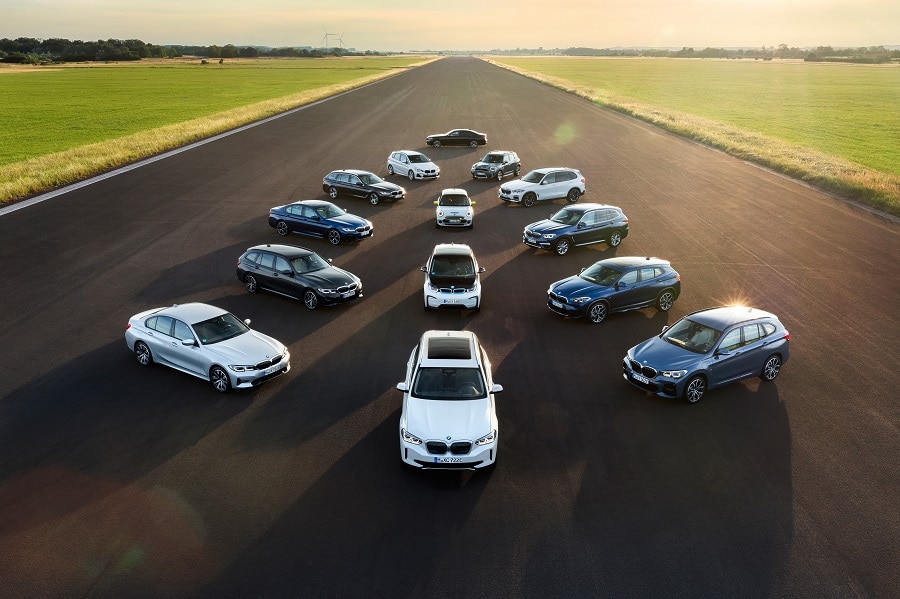
Europe wants to be the first continent to be carbon neutral, the first to achieve the most sustainable mobility possible, even at the cost of imposing change. And this is precisely one of the critical issues: although it makes a large slice of Europeans happy, from a scientific and technical point of view, the imposition of the electric car does not agree with everyone. Several manufacturers, such as Mazda or BMW, believe that the future is electric, but that’s not all. For many, the watchword is multimodality: a more flexible approach capable of adapting to the needs of each of us. In fact, many still point to the hybrid, considered a perfect transition technology to allow infrastructures to keep pace with the new mobility. Still other manufacturers think that the heat engine still has a lot to give, perhaps coupled with synthetic and alternative fuels, capable of obtaining lower greenhouse gas emissions in the life cycle of an electric car.
Italy’s position on stopping the sale of thermal cars: hypothesis to move the ban to thermal cars to 2040
Having registered the ideas and positions of the Houses, however, we must remember how, in the end, it is the law that decides. Therefore, although some think that it is not the solution, the transition to electric mobility has now been decided and planned, and there is no turning back. The law is hard, but the law. However, nothing prevents mediation from being carried out, changing some parameters, perhaps including alternative fuels or, as endorsed by some companies such as Renault, postponing the transition for a few years.
The CEO of the Renault Group Luca De Meo, who believes in electric but also in hybrid technology, has repeatedly asked for one 5-year postponement of the entry into force of the stop on the sale of thermal cars, from 2035 to 2040. In this way, explained the Milanese manager, there would be more time and more possibilities to adjust infrastructure and bring about gradual change.

And De Meo is not the only one to think so: there are in fact several states that would like to postpone this deadline by at least 5 years, in order to have more time to adapt. There are obviously the most virtuous, like the Norway, which instead announced that in the country the stop to the sale of thermal cars al 2025, in just 4 years. However, it must be said that, already today, the charging infrastructures are extremely widespread, and over 70% of the new market is already electric. In other countries, however, the discussion is heated.
Without making an overview of all the European countries, let’s focus for a moment on ours, theItaly. In fact, our government would be one of those aiming for one 5-year extension of the provision, causing it to fall in 2040. According to Minister of Infrastructure and Sustainable Mobility Enrico Giovannini, the right date for stopping the sale of thermal cars is 2040. “In the Government we are still thinking about it”, Giovannini reported in an interview with colleagues from La Repubblica. “There are countries, such as those of Northern Europe, which have set the limit at 2030, and others at 2040. We will decide soon, but I would say that 2040 is a deadline …






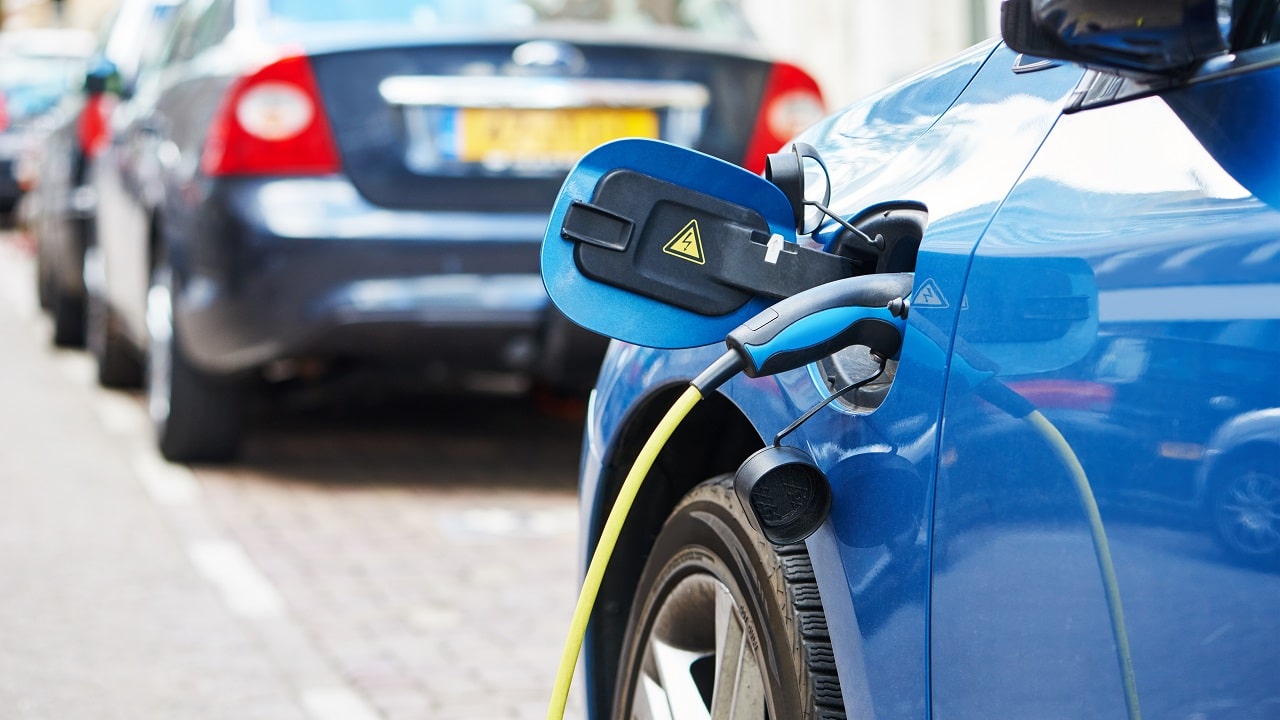

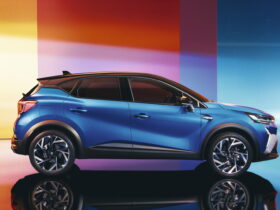

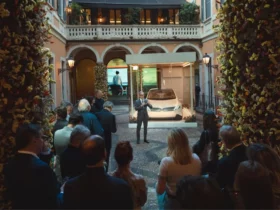

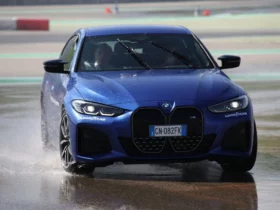
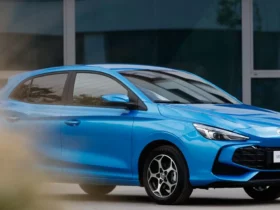
Leave a Reply
View Comments